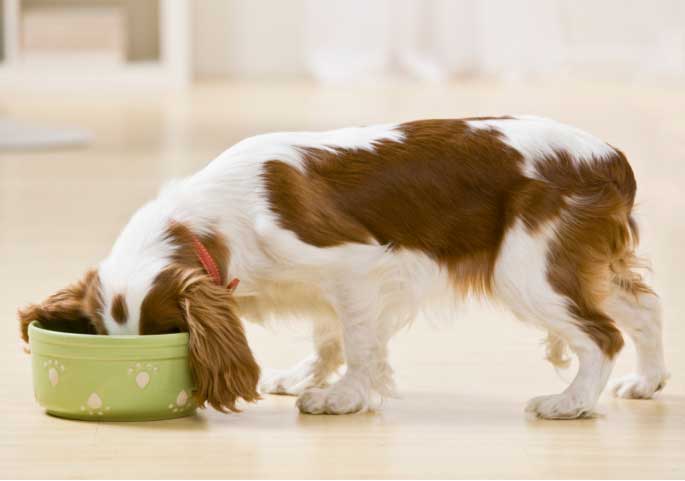
Puppy food options can be a bit difficult to digest, even for us dog owners! There are just so many kinds of food to choose from. Nevertheless, you’ll find that narrowing down these choices requires deciding whether to feed your puppy dry food or wet food.
Wet and dry puppy food each have their fans and naysayers. But the question is: which one is better? Today we’ll go over the pros and cons of wet and dry dog food, as well as some other considerations for making your choice. This may be the first step to helping you learn everything you need to know about dog raising, but it can go a long way to giving your new furry companion the life he or she deserves.
Pros and Cons of Wet Food
Not in one scenario can you say that either dry or wet food is best for all dogs. That’s because even dogs belonging to the same breed can have different needs. Dog parents need to weigh in the advantages and disadvantages of each type of food so they can make the best choice for their pet.
Pros:
The most notable benefits of wet dog food are:
- More Mouthwatering
In most cases, puppies immediately get drawn to the look and smell of wet dog food. Its scent is a lot stronger than dry food that even the chance to play with another pup won’t be enough to distract your little furball from his or her meal.
- Provides More Hydration
Some breeds can get really active, leading to quick dehydration. This can lead to potential trouble if your pup fails to drink enough water or you forget to leave a bowl of water before leaving the house. Wet food should provide a puppy enough moisture until you get home.
- Weight Management
If your pup is always looking to gorge down on something, wet food can provide that feeling of fullness that might keep their weight manageable. The higher moisture content in this type of dog food can help control your dog’s weight, even when it seems like they’re eating too much.
Cons:
The problem with wet dog food include:
- Requires Too Much Dental Care
While we aren’t saying canine dental care is a bad thing, too much of it can be tiresome. Wet food can increase the frequency of toothbrushing since it tends to stick to your puppy’s teeth. Fail to brush your furry companion’s teeth regularly, and you’ll be in for some dental problems early on.
- Can Be a Hassle to Store
You have to be particularly careful when storing wet dog food since you need to place it in a container and refrigerate it to keep it from spoiling. Hence, it can be a lot more trouble to store if your pet fails to finish one serving.
- Not Good for Messy Eaters
Some pups approach mealtime a little too enthusiastically. In this case, feeding them wet food has the potential to create a huge mess.
Pros and Cons of Dry Food
When does dry food work, and when does it fail to deliver? Let’s check out some scenarios.
Pros:
The best things about dry dog food include:
- Solid and Crunchy
Yes, this is actually a good thing for teething puppies. This also means the food won’t stick to your dog’s teeth as much and could even help scrape tartar off.
- Plentiful Options
The thing about dry dog food is that there’s always more to choose from. That means you don’t have to struggle as much at finding the option that works for your furry companion’s size, age, and activity level.
- Doesn’t Spoil Easily
Unlike wet dog food, dry dog food can be left on a bowl for your pup to nibble on throughout the day.
- Easier Storage
When it comes to storing dry dog food, all you need is a big enough container and a room temperature setting. That’s it.
Cons:
Some of the issues with dry dog food are:
- Not the Best Protein Source for Active Dogs
You may need to feed an exceptionally playful or active pup more dry dog food. That’s because this type of food generally has less protein.
- Not the Best Choice for Dogs With Dental Problems
We’ve already established that dry food is hard and crunchy. Hence, it doesn’t really allow senior dogs to chew on them properly.
Choosing the Right Type of Dog Food
Of course, the pros and cons aren’t the only factors to consider when deciding between wet or dry food for a puppy. Some factors, such as health problems caused by the type of food consumed, can happen somewhere down the road. It can be difficult to switch things up in such cases since your furry friend will have already gotten used to whatever was introduced initially.
Our first instinct would normally be to go for wet food because it’s what pups gravitate towards initially. However, in anticipation of health problems that could occur in the near future, dry food would be the more convenient choice because of its wider range of options to shift to.



